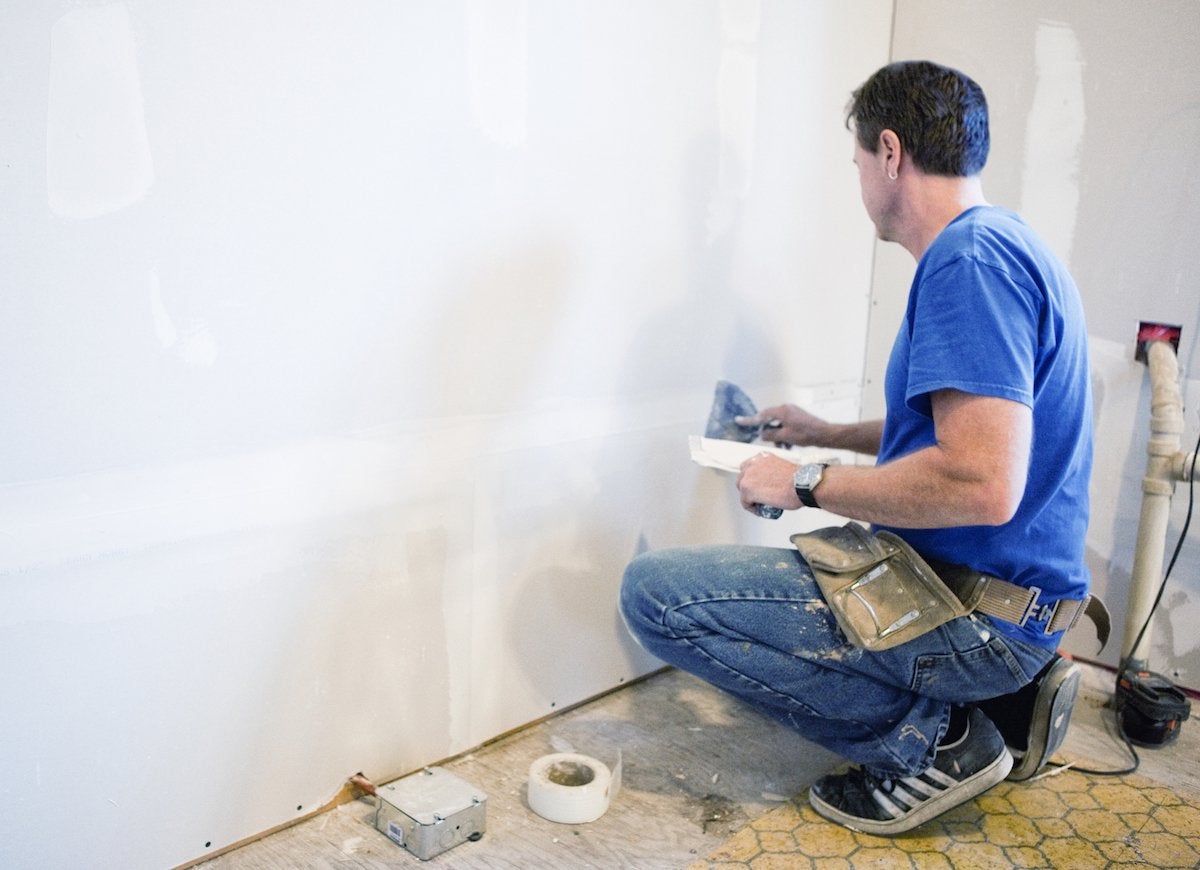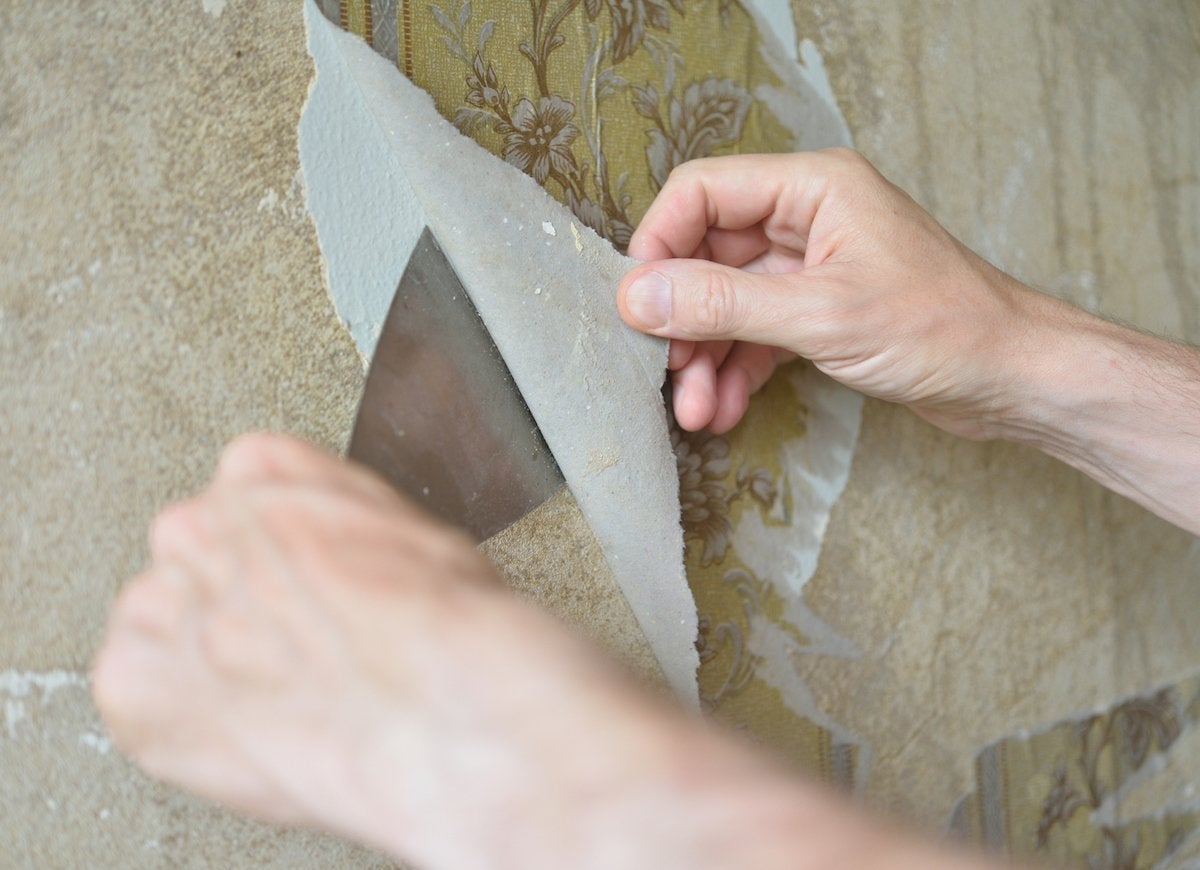

We may earn revenue from the products available on this page and participate in affiliate programs. Learn More ›
Home Advice You Can Trust
Tips, tricks & ideas for a better home and yard, delivered to your inbox daily.
By signing up you agree to our Terms of Service and Privacy Policy.
“I didn’t get an inspection.”

It was plain to see that the house needed a cosmetic overhaul, but Kogan opted against having the premises inspected by a structural engineer. Such a top-to-bottom assessment might have alerted him to “hidden” repairs and improvements that ultimately proved necessary. Because such often costly work isn’t visible to the naked eye, it is rarely reflected in the resale value.
“There were foundation issues.”

Instead of poured concrete, the house had a block foundation—which had shifted considerably. “We have clay soil here in the Midwest, which is notorious for expanding and contracting,” Kogan says in hindsight. The foundation needed to be shored and braced, and cracks sealed, before the project could move forward.
“The basement was more than I bargained for.”

Finishing the basement and having a section serve as a third bedroom seemed like a great idea. Kogan planned to add a big closet and install a window to bring things in line with the fire code. After installing new beams, however, the space didn’t look attractive, so they put up sheetrock. “Soon as that was done, there was a storm and the basement got flooded,” Kogan remembers ruefully. “We had to start from scratch, sealing more cracks and putting up new sheetrock.”
Related: 14 Tips for a Cozy Basement Bedroom
“I went to work after work.”

DIY-ing can be fun—but after a full day’s work, not so much! “I’d go to the house every evening to pull up old carpet and take down three to four layers of wallpaper,” says Kogan, who did about 20 percent of the physical labor on the project himself.
“Taking down a wall opened up a can of worms.”

In keeping with the current trend of open-plan spaces, Kogan chose to remove the wall between kitchen and living room. Surprise! It was a support wall—so a new header had to be added in the attic to maintain structural integrity.
“The exterior needed a makeover.”

The outside to-do list included replacing wood siding that had succumbed to dry rot, installing a new roof, putting in a new concrete front porch, and repaving “a disaster” of a driveway.
Related: 11 Ticking Time Bombs in Your House—and What to Do About Them
“Then came curb appeal.”

Sprucing up the front yard can go beyond a few flower pots. In Kogan’s case, the prettifying process required cutting back a massive tree in the front yard. (Despite the trim, one prospective buyer said he’d never purchase a house with a large tree, lest it interfere with the sewer or power lines.) “Even one of the bushes we planted died,” Kogan sighs.
Related: 12 Easy and Inexpensive Ways to Upgrade Your Home’s Exterior
“The street was a hard sell.”

The nicest house in the safest neighborhood won’t attract buyers if it sits on a speedway! “The house was located on a busy street with no sidewalk,” recalls Kogan. “Backing out of the driveway was a nightmare; there was simply too much traffic.”
“I lost my best friend in the process!”

So you’ve got a buddy who’s a general contractor and he wants to do the work? Think twice, Kogan cautions. Though his pal did an excellent job, the men had a falling out over money and didn’t speak for a year. They’ve since made up — lesson learned! “Friends and finances just don’t mix,” Kogan says.
“I waited on a buyer that didn’t come through.”

Kogan admits one of his biggest mistakes was delaying work on the house for six months because he believed he had an “as is” buyer in the bag. It didn’t pan out, and Kogan wound up forking over two quarterly interest payments on his loan before anything got done. Bummer!
Remodel Regret

Gutting a fixer-upper takes a lot of time and energy when not condensed to a 30-minute show. After reading Kogan’s story, you might want to reconsider trying this as a new hobby.

Our Favorite Prime Day Deals Are Sure to Sell Out
Prime Day runs July 8 through 11, and Amazon (and many more retailers) have released hundreds of exciting seasonal deals. Check out our favorite products in the sales, from power tools and outdoor equipment to robot vacuums and power stations.